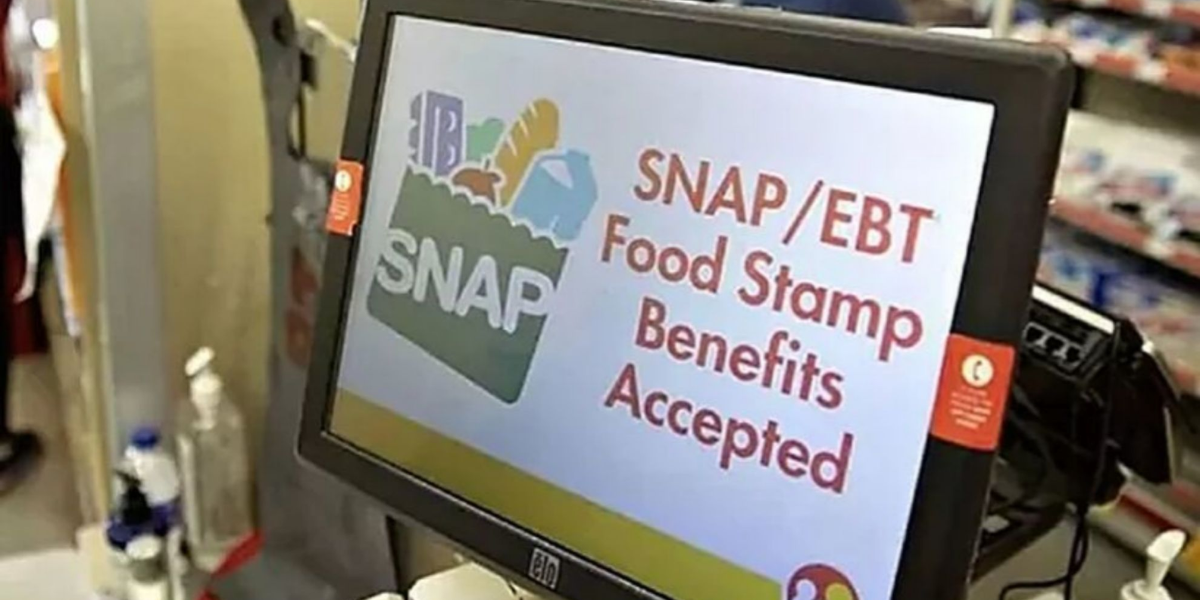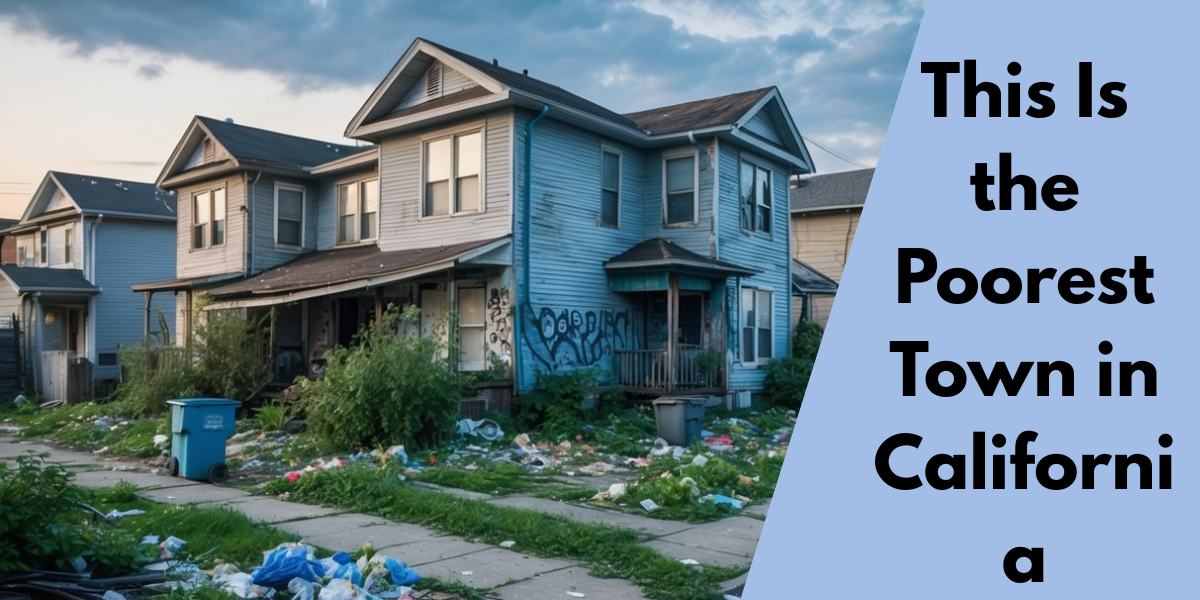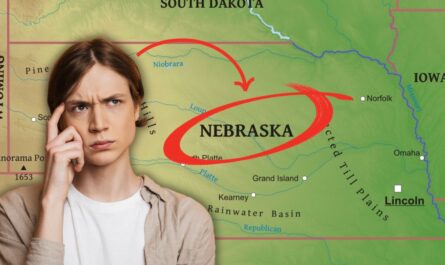Many families in the U.S. are looking for ways to keep food on the table now that school is out for the summer and the weather is getting warmer. This is especially true for kids who usually get meals at school. The good news? The Summer EBT (SUN Bucks) program will start in the summer of 2025 in 38 states, Washington, D.C., five U.S. territories, and a number of tribal nations. It will give each eligible kid $120 in food benefits.
What Is Summer EBT?
Summer EBT, which is sometimes called SUN Bucks, is a government program that helps kids eat when school cafeterias are closed. Families who qualify get $40 a month for each child in June, July, and August to spend on food, just like food stamps. It gives people a much-needed boost when their funds are already tight.
States Where Families Will Get Summer Food Benefits:
- Alabama
- Arizona
- Arkansas
- California
- Colorado
- Connecticut
- Delaware
- District of Columbia
- Hawaii
- Illinois
- Kansas
- Kentucky
- Louisiana
- Maine
- Maryland
- Massachusetts
- Michigan
- Minnesota
- Missouri
- Montana
- Nebraska
- Nevada
- New Hampshire
- New Jersey
- New Mexico
- New York
- North Carolina
- North Dakota
- Ohio
- Oregon
- Pennsylvania
- Rhode Island
- Texas
- Utah
- Virginia
- Washington
- West Virginia
- Wisconsin
Plus:
- 5 Tribal Nations (e.g., Cherokee, Choctaw, Chickasaw)
- U.S. Territories: Puerto Rico, Guam, American Samoa, U.S. Virgin Islands, Northern Mariana Islands
Who’s Sitting This One Out?
Unfortunately, 12 states chose not to join the program—leaving an estimated 9.5 million children without this extra help:
- Alaska
- Florida
- Georgia
- Idaho
- Iowa
- Mississippi
- Oklahoma (except tribal lands)
- South Carolina
- South Dakota
- Tennessee
- Wyoming
People are arguing about the choices, especially in states where child poverty and food insecurity are common.
When will the benefits show up?
Most of the states that are taking part will start giving out SUN Bucks in the middle to late summer of 2025. By the end of the summer, families will have received all $120. You can use the money at many large grocery shops, food markets, and supermarkets.
Why it’s important
These extra food benefits aren’t just helpful for many families; they’re necessary.
Jessica M., an Ohio mom of two, said, “It helps us stretch our grocery budget and make sure our kids eat fresh, healthy food even when school’s out.”
Supporters hope that more states will join in 2026 as the program grows. Until then, if you live in a state that is taking part, make sure your family is registered by calling your school district or the SNAP office.


 by
by 

